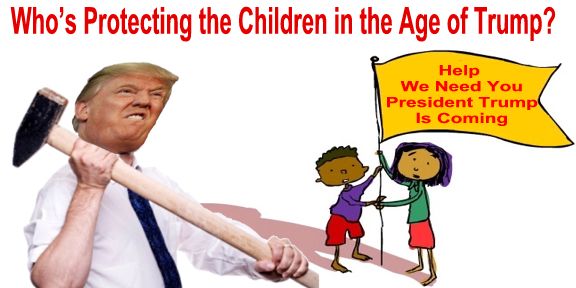Trump’s Immigration Proposals Threaten the Lives of Young Adults, Adolescents, and Children

President-elect Donald Trump says his immigration policy is about building a wall between the U.S. and Mexico (that Mexico will supposedly pay for) and deporting immigrants with criminal records.
He has also threatened to rescind the Deferred Action for Childhood Arrivals (DACA) program, by which President Obama protected the rights of the young adults—those known as Dreamers—who came to the United States as young children but who, as non-citizens, have struggled to qualify for in-state tuition and scholarships at their state colleges and universities and even to get work permits. These are young people who have very likely known only the United States as home and who speak English at school and in the workplace. The DACA program— established by executive order—could be immediately overturned by our new president.
It is important to get one thing really clear about immigration: any changes in DACA or any mass expulsion of immigrant families will have the most tragic consequences for two groups: children and young adults. There are two groups of vulnerable young people—adolescents and young adults who were brought here by their undocumented parents and who remain undocumented all these years later—and the children who were born here as U.S. citizens but who are the dependent children of undocumented parents who may be expelled. Both groups of young people face a frightening future under President-elect Trump’s proposed immigration policies. Enormous linguistic, educational, cultural and personal challenges loom.
Under President Obama’s Deferred Action for Childhood Arrivals (DACA), young people living in the shadows were finally in a position to qualify for a Social Security Card and access to higher education. The Los Angeles Times reported on Sunday: “An estimated 742,000 so-called Dreamers—those given protection under the program—live in the U.S. Roughly one out of Trump’s Immigration Proposals Threaten the Lives of Young Adults, Adolescents, and Children | janresseger:
